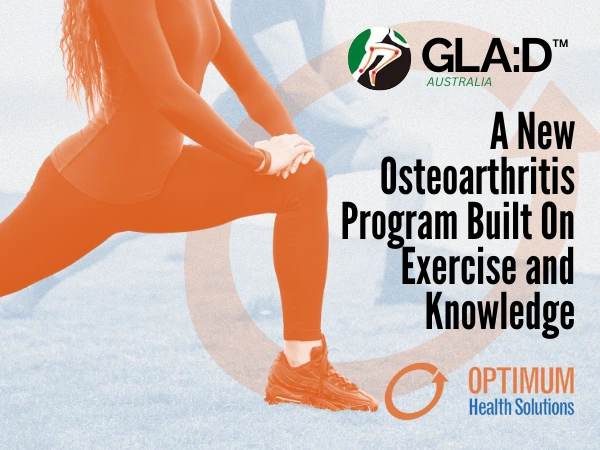For those with physical, intellectual, and sensory disabilities, performing everyday tasks can present many challenges, and inhibit the individual’s ability to perform these tasks independently. This is where assistive technology and adaptive equipment can assist. So what is the difference?
Assistive Technology
Assistive technology (or ‘AT’) refers to any item, system, or product used to improve the functional capabilities of individuals with a disability. AT can be bought off-the-shelf, modified, or customised.
Adaptive Equipment
Adaptive technology is a subcategory of assistive technology; it refers to something specifically designed for people with disabilities.
Types of AT and Adaptive Equipment
There are many types of AT and Adaptive Equipment available for all conditions, functional tasks, and age ranges. Occupational Therapists are well-versed in getting to know the individual, identifying potential items that may help, and trialling these to ensure they are the best fit for the person. The following is a list of AT and Adaptive Equipment commonly prescribed by Occupational Therapists, but certainly not limited to:
- Mobility aids: including walking sticks, walkers, wheelchairs (manual and power). This can also include items to assist with transfers, including electric hi-lo beds, and lift chairs
- Technologies for the visually impaired: screen readers, Braille displays/printers, computer magnification programs, service dogs
- Technologies for the hearing impaired: alerting devices, Augmentative and Assistive Communication Systems (AACs; these are typically prescribed by a Speech Pathologist)
- Technologies for eating/cooking/dressing/showering/toileting: thick-handled cutlery, non-slip placemats, two-handled mugs, modified chopping boards, kettle tippers, electric tin/bottle/jar openers, sock/stocking aids, shoe horns, dressing sticks, long-handled sponges, adapted nail clippers, long-handled bottom wipers
- Vehicular modifications: these include adaptive steering systems, wheelchair ramps, and other features that help people with disabilities to drive or ride in cars
- Home modifications: these include things like handrails near the toilet, non-slip mats, and voice command systems, as well as major, structural changes to the home to make access safer for the person and their carers (e.g. major modification to the bathroom)
OCCUPATIONAL THERAPISTS ROLE
Although these are just a few of the main AT and adaptive equipment categories available, talk to your Occupational Therapist to see how they can determine and prescribe the best option for you. These technologies aim to keep people as safe and independent as possible at home and in the community, so they are able to achieve their functional goals in the long-term!








